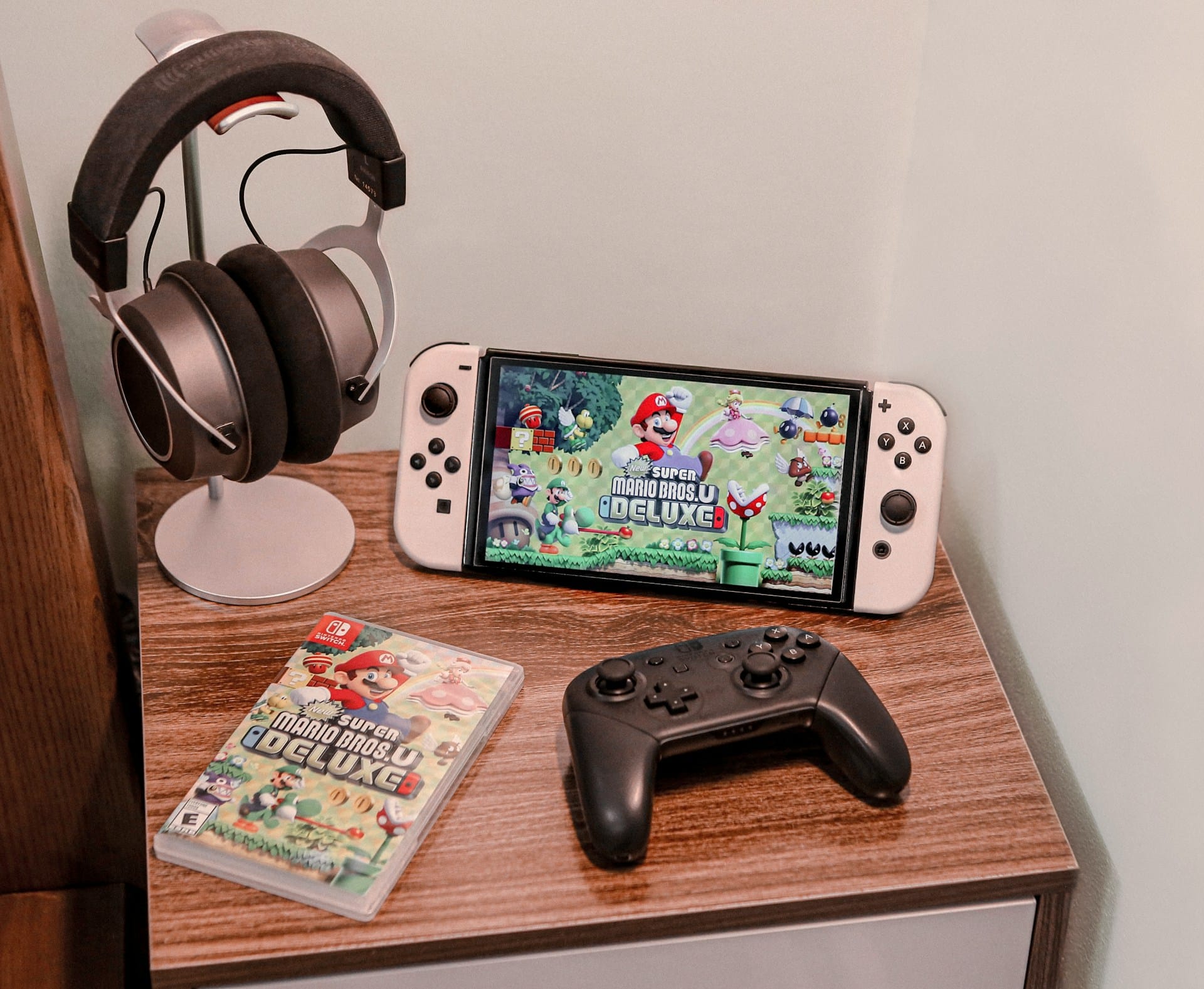Virtual reality (VR) has revolutionized the gaming experience, taking it beyond traditional screens into immersive environments where players feel like they are part of the action. One of the key technologies elevating this immersion is haptic feedback. By simulating touch and physical sensations, haptics can significantly amplify the realism of VR combat experiences. In this article, we delve into how game developers utilize haptic feedback to make combat in VR games more realistic and impactful.
The Role of Haptic Feedback in Virtual Reality Gaming
Haptic technology plays an essential role in bridging the gap between the virtual and the real world. In VR gaming, haptic feedback offers users tactile experiences that mimic real-life sensations, such as the recoil of a gun or the impact of a punch. This sensory feedback heightens the sense of presence, making players feel truly immersed in the virtual environment.
A découvrir également : What are the best practices for creating believable weather systems in open-world games?
Game developers leverage haptics to provide feedback that enhances gameplay dynamics. For instance, the vibration of a controller when players fire a weapon, or the subtle resistance felt when drawing a bowstring, can create a more engaging and realistic gaming experience. By aligning visual and auditory cues with haptic feedback, developers can craft a comprehensive sensory experience that draws players deeper into the game.
Furthermore, haptic feedback can mitigate issues like motion sickness by grounding players with physical sensations that correlate with in-game actions. This improves comfort and maintains the immersive experience without causing discomfort.
Lire également : What are the challenges of implementing real-time facial expressions for in-game characters?
Enhancing Combat Realism Through Haptic Feedback
Combat in VR games requires developers to pay close attention to detail to ensure realism and immersion. Haptic feedback is pivotal in achieving this goal. By simulating the physical sensations of combat, developers can create a more immersive experience.
For example, in games like Half-Life: Alyx, haptic feedback is used to simulate the kick of a gun or the impact of an explosion. These physical sensations add a layer of realism that visual and auditory cues alone cannot provide. The player not only sees and hears the action but also feels it, creating a more visceral experience.
Moreover, haptic feedback can be used to create varied sensations for different weapons and actions. A sword swing might produce a distinct vibration, while a gunshot might yield a sharp, quick jolt. This differentiation helps players intuitively understand and react to different combat scenarios, enhancing gameplay dynamics and engagement.
Additionally, haptics can simulate environmental interactions. For instance, the feeling of resistance when opening a heavy door or the sensation of walking on different surfaces can add depth to the virtual world. These nuanced details contribute to a richer, more believable gaming environment.
The Development and Integration of Haptic Feedback in VR Games
Incorporating haptic feedback into VR games involves a meticulous development process. Game developers must carefully design and implement haptics to ensure they enhance the gaming experience without becoming intrusive or overwhelming.
The first step involves creating a detailed plan that outlines the types of haptic feedback needed for various in-game actions and environments. This plan must consider the gameplay mechanics and the immersive experience the developers aim to achieve. For instance, in a game like Beat Saber, where rhythm and timing are crucial, haptic feedback must be precisely synchronized with the music and visual cues to provide a seamless experience.
Once the plan is established, developers can utilize various tools and software to integrate haptics into the game. Haptic SDKs (Software Development Kits) are often used to map out the feedback for different actions and scenarios. These tools allow developers to fine-tune the intensity, duration, and type of feedback to match the in-game events accurately.
Testing is a crucial phase in this process. Developers must test the haptic feedback extensively to ensure it provides the desired effects and enhances the gaming experience. Player feedback is invaluable during this phase, as it helps identify areas where the haptics may need adjustment to improve realism and immersion.
Creating Immersive Combat Experiences with Haptic Feedback
Haptic feedback can transform combat experiences in VR games by providing players with tactile sensations that mimic real-life combat scenarios. These sensations add a layer of realism that can be pivotal in making the game more engaging and believable.
For instance, in a VR game where players engage in hand-to-hand combat, haptic feedback can simulate the impact of punches and kicks, providing a more immersive experience. The feeling of a punch landing or the recoil of a block can make the combat feel more real and intense.
In shooting games, haptics can simulate the recoil of firearms, the impact of bullets, and even the sensation of reloading a weapon. These tactile cues can help players feel more connected to their actions, improving their overall gaming experience. Games like Half-Life: Alyx and Beat Saber utilize this technology to create a more immersive and engaging combat environment.
Moreover, haptic feedback can enhance the sense of danger and urgency in combat situations. The vibration of a controller when taking damage or the subtle pulse when health is low can add to the tension and excitement of the game. These tactile cues can make players more aware of their surroundings and the stakes of the combat, enhancing their engagement and immersion.
The Future of Haptic Technology in VR Gaming
The future of haptic technology in VR gaming looks promising, with ongoing advancements poised to enhance immersive experiences further. As hardware and software continue to evolve, we can expect even more sophisticated and nuanced haptic feedback systems.
One exciting development is the integration of full-body haptics, where players can feel sensations across their entire body, not just their hands. This technology can create an even more immersive experience, allowing players to feel the impact of a blow to the chest or the sensation of running through a virtual environment.
Another promising area is the development of more intuitive and responsive haptic devices. These devices can provide more detailed and varied feedback, allowing developers to create more realistic and engaging combat experiences. Improved haptic devices can also help reduce motion sickness by providing more accurate and consistent feedback, helping to ground players in the virtual environment.
Furthermore, advancements in AI and machine learning can enhance haptic feedback by making it more adaptive and personalized. These technologies can analyze player behavior and preferences, adjusting the haptic feedback to provide a more tailored and engaging experience.
Haptic feedback is a powerful tool that developers can use to enhance the realism and immersion of combat in VR games. By simulating physical sensations, haptics can make players feel more connected to the virtual environment, improving their overall gaming experience. From the nuanced vibrations of different weapons to the sensations of environmental interactions, haptic feedback can create a more believable and engaging virtual reality gaming environment.
As haptic technology continues to advance, we can expect even more sophisticated and immersive experiences in the future. Whether it’s through full-body haptics, more intuitive devices, or adaptive AI-driven feedback, the future of VR gaming looks incredibly exciting. Embrace these innovations, and you’ll be at the forefront of creating truly immersive and realistic combat experiences for your players.











